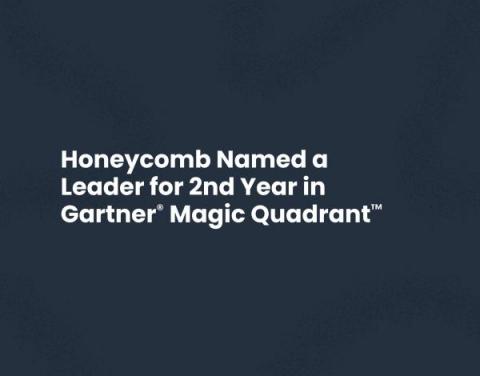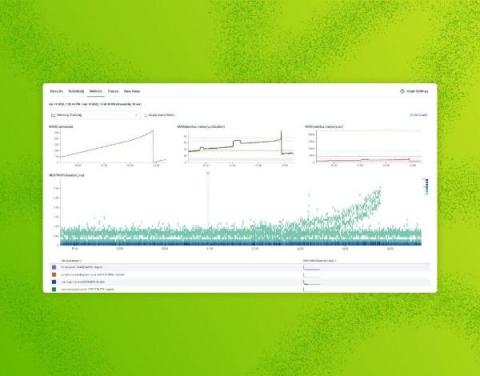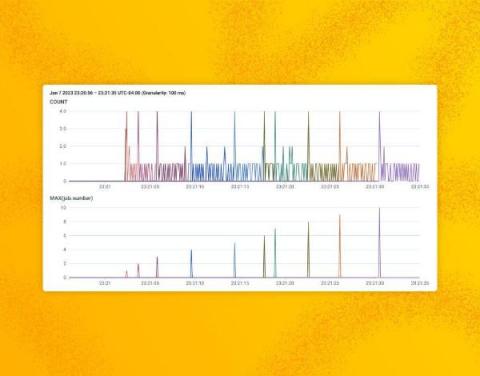We Did it Again: We're a Leader in 2023 Gartner Magic Quadrant for APM & Observability for the Second Year in a Row
When the Gartner Magic Quadrant Report came out in 2022, we did the professional equivalent of a spit take, then cheered wildly. NOT ONLY did they include observability for the first time ever in their newly revamped 2022 Magic Quadrant for APM & Observability, but they also put us in the Leader Quadrant—our debut appearance!











